Why bother?
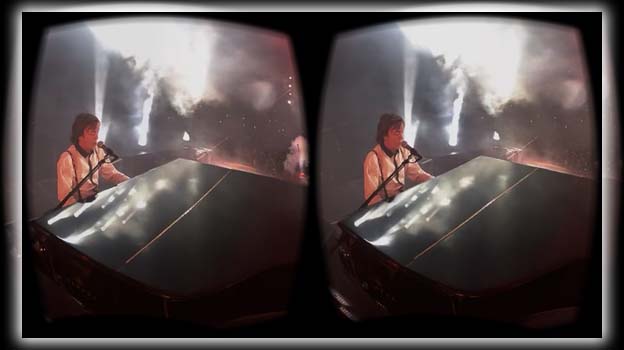
Current Cardboard apps are vastly growing, with straightforward experiences. Still, it’s incredibly cool to try out VR without a significant investment of money or time. You already have an Android smartphone. Assuming it’s recent enough to run the app and fit into a shell. Your expense shouldn’t be more than $20-25 for an essential viewer. Or less if you decide to build the thing yourself.
It’s not as immersive an experience as the strap on Oculus Rift, or Samsung’s Gear VR headsets. Which cost $200 and only work with the Galaxy S6, S6 edge, and Note 4. But it’s an easy way to get a feel for what’s possible with modern virtual reality. Beyond the low cost of the headset, most available apps are free.
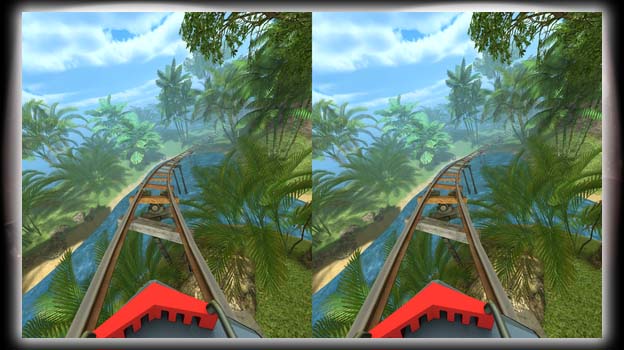
For example, you can move your head to look freely around 360 degrees. As you view concert clips from McCartney Rock Nite or while looking around digital or real-world environments. You can view Maps or Earth in a new way, ride a virtual roller coaster, or free fall from daring heights. That’s just the tip of the iceberg. Still, if you’re into immersive visual experiences, there’s little reason not to give VR a shot via Cardboard.
What do I Need?
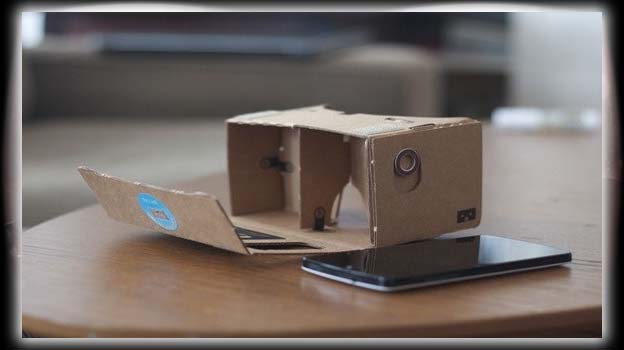
At the base level, you’ll need a newer or newer phone that runs Android 4.1 (Jelly Bean). And you’ll also want the free Cardboard app, which includes various VR demos and serves as a hub for any compatible apps you download. Beyond that, there’s some variance between which devices work with. And which versions of the headset, as well as which are fully compatible and which are only somewhat compatible.
It doesn’t help much with this part of the equation; for whatever reason. The company has removed the list of compatible phones from the Cardboard website. That could be Google’s way of encouraging people to embrace the DIY philosophy and figure out workarounds for devices. Still, it makes getting started just a bit more confusing for the average smartphone owner.
The original viewer, released in 2014, is best used for phones with approximately five-inch screens or smaller. The Nexus 5, Galaxy S6, S5, and S4 are all ideal devices. The Nexus 4, Galaxy, and Nexus are also fully compatible. Only some phones play nice with the magnetic switch used in this viewer. However: the Moto X, for example, has issues with it. Currently, only provides printable plans for the original viewer, so if you have a phone other than those mentioned, it may or may not work correctly with some VR apps.
What’s Next?
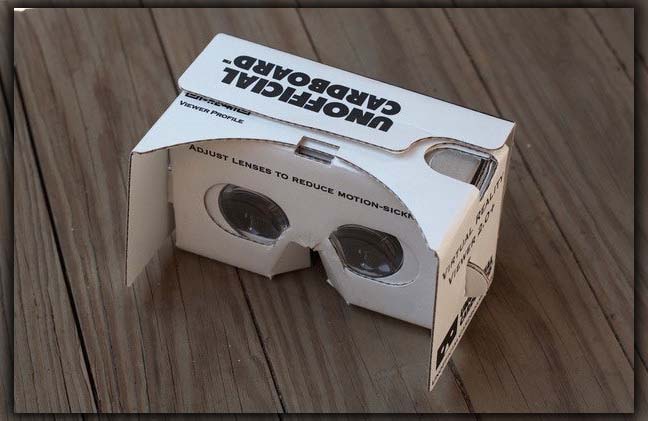
Change is afoot. In May 2015, it unveiled the second-generation viewer. Which swaps the janky magnetic switch for a cardboard, foam, capacitive tape-covered button that works with any Android phone, or even iPhones, via the iOS app. The 2.0 viewer also makes various design tweaks. Including flexible cardboard between the lenses that are less likely to chafe your nose.
The viewer can also accommodate phones up to six inches in size, namely the Nexus 6. Which replaces its predecessor as the phone seen in Google’s current Cardboard marketing materials. It also works with Galaxy Note phones, the iPhone 6 Plus, other phablets in that size range. Curiously, the new viewer eliminates the pass-through opening on the back. Which lets apps use your camera to pump in images from the world around you.
It’s still being determined whether it will release those plans for home crafters. Still, the company is pointing people toward partners who sell headsets. And while some companies are selling pretty straightforward versions of the template, others are tweaking the design. For example, Unofficial Cardboard sent me the 2.0 Plus model seen above. Which lets you shift the placement of each lens for a clearer image, potentially less chance of motion sickness.
How Can I Buy One?
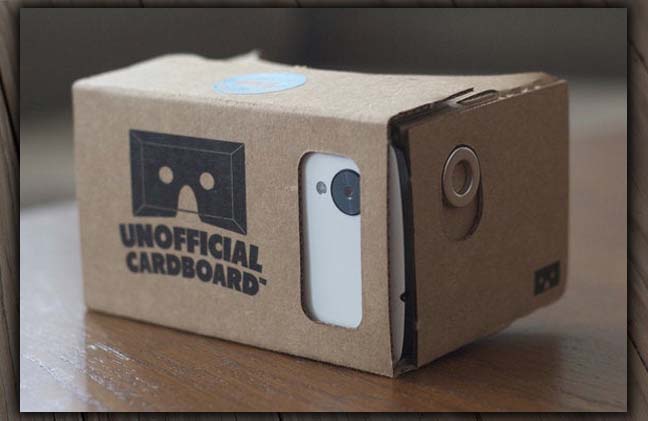
Google has embraced the community of resellers formed around Cardboard, establishing a Google Works with Cardboard tag for partners listing their viewers on the official site. Many companies sell these viewers as fully assembled headsets ready to use out of the shipping box. At the same time, a couple offers laser-cut cardboard kits that you can put together. And they’re even customizing headsets with extra perks or using premium materials to deliver sturdier and less DIY-looking viewers.
The basic headset is available at different prices from various sellers. Unofficial Cardboard sells its v2.0 viewer for $20 assembled, the modified version above with the shifting lenses is the same price. I Am Cardboard has a few options. Including an essential v1 viewer for $15, a v2 viewer for $20. And an EVA foam version of the original viewer for $30. And DODOcase has a kit for its customized viewer, which adds a capacitive touch button, for $30.
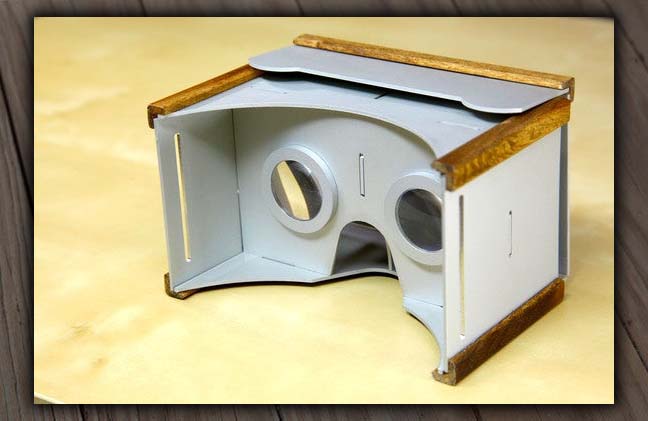
Some companies are starting to break from the typical mold to create custom designs that still meet Google’s standards. The C1-Glass from Go4D is a plastic clip with lenses that attaches directly to your phone; at $22, it’s a more compact way to bring VR around. And Knoxlabs has an aluminum wood viewer for $85 assembled, as seen above. That’s quite the investment.
Should I Make One?
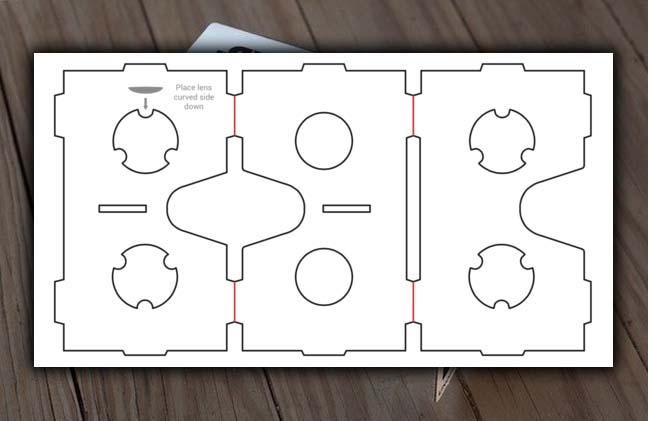
If you have a knack for crafting, you might get a kick out of assembling and customizing your Cardboard headset. Developers provide instructions for hand-cutting a headset frame or even laser cutting it if you have access to the hardware. On the former front, if it’s not too greasy, a pizza box should provide enough flat-surfaced material to work with. You want something sturdy but slim to work with.
You’ll need a few additional items:
- A neodymium magnet
- A ceramic disc magnet
- Biconvex 45mm lenses
- A couple pieces of Velcro
- A large rubber band
What is all of that stuff? Now that the second-generation viewer is out. Google’s partner companies are shifting away from selling unassembled viewer pieces. However, luckily, I Am Cardboard still has a kit of parts, aside from the cardboard itself, for $10. Or you can order the lenses or magnets separately for a couple bucks apiece from eBay.
















